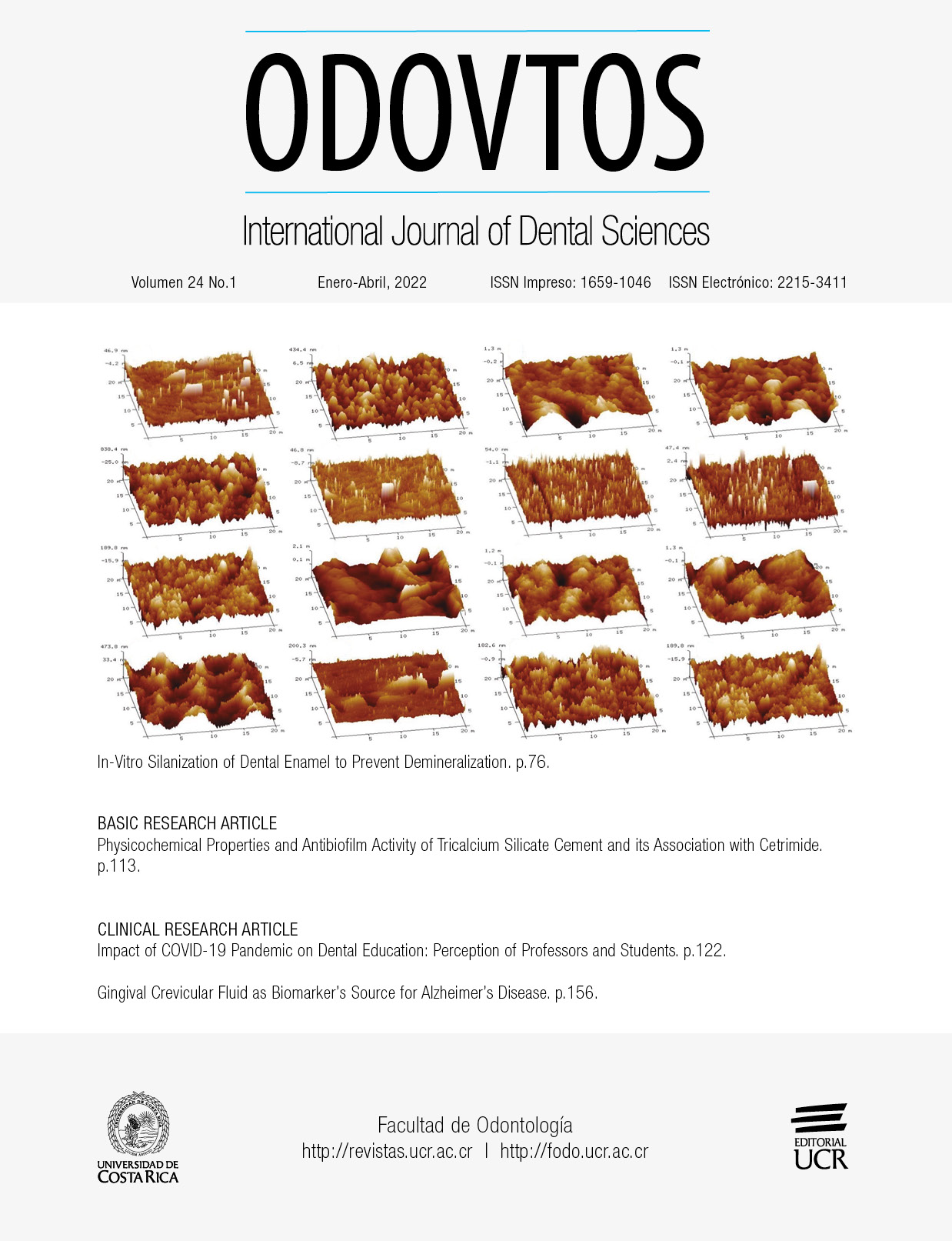Abstract
The aim of this study was to investigate the effect of preheating three bulk-fill and one conventional composite resin on the Vickers microhardness and depth of cure of these composites. In this study, three bulk-fill composites-SDR Plus (SDR), Estelite BULK FILL Flow (EST), Admira® Fusion x-tra (AFX), and one conventional composite resin G-ænial POSTERIOR (GP) were used as the control group. The samples were obtained at room temperature (24°C) and at 55°C in T2 mode after being placed in a heating device for 10 minutes. The samples were divided into eight groups (n=10) according to the type of material and heating process that was utilized (preheated and nonheated). All samples were tested with a Vickers microhardness (VHN) tester on the bottom and top surfaces. The first measurements were obtained at baseline; the second set of measurements was performed after the samples were stored in distilled water at 37°C for 24 hours. The depth of cure was calculated using a bottom/top hardness ratio of measurements. Statistical analysis was performed utilizing the SPSS V23 and Shapiro-Wilk tests. Lastly, the Duncan test was used for multiple comparisons (p<0.05). While the VHN increased after the preheating procedure in bulk-fill composites, it decreased in GP. There was no difference between the baseline and the 24-hour VHN values in SDR and GP. After 24 hours, while the VHN of EST increased, the VHN of AFX decreased. There was no difference between the hardness ratios of the AFX and EST samples (p<0.001) and hardness ratios were greater than GP and SDR. When comparing the baseline and the 24-hour values, the VHN depended on the type of materials. Sufficient curing depth was obtained in all groups with a thickness of 2mm.


